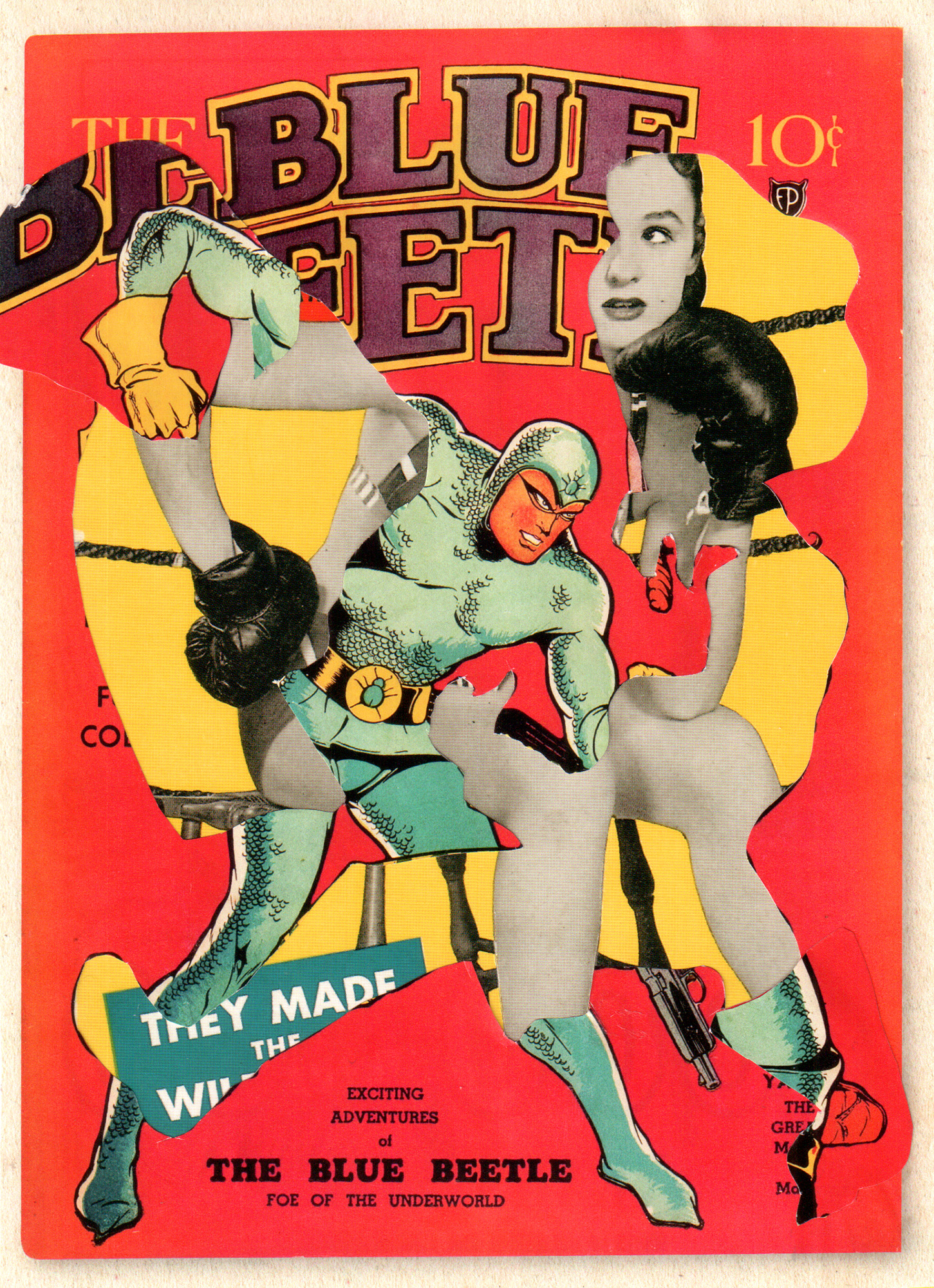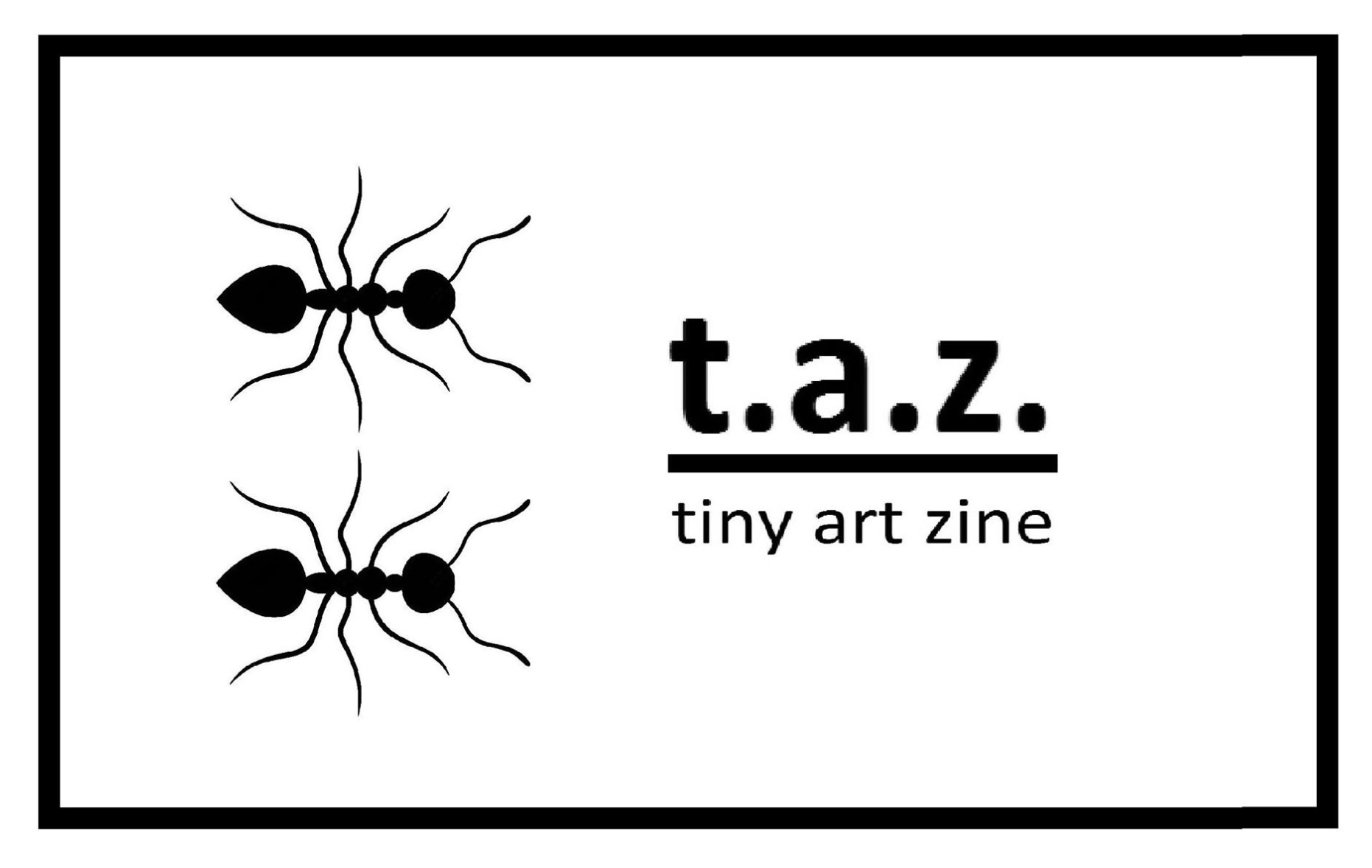Das ist mein Beitrag von Mai 2020 für David Dellafioras WIPE (s.u.) – eine kleine Sammelpublikation, in der Toilettenpapier das Medium ist. 40 handgeschnittene Seiten.
Dieses „Corona-Krise-Toilettenpapier“ ist der Dummheit und Rücksichtslosigkeit vieler Menschen und der Panik- und Meinungsmache der (sozialen) Medien gewidmet.
Herzlichen Dank an all jene, die keine Gelegenheit ausgelassen haben, die Panik zu schüren, in dem sie Fotos leerer Supermarktregale veröffentlicht haben.
Ausschnitte aus einer lokalen Wochenzeitung 03/2020- Informationen der Stadtverwaltung über das Corona-Virus
Sabine Remy – Deutschland – Mai 2020
miriskum.de
„WIPE ist eine kleine Sammelpublikation, in der Toilettenpapier das Medium ist. Die Verwendung eines nichtarchivarischen, ja antiarchivarischen Mediums ist beabsichtigt, wobei die Flüchtigkeit und Zerbrechlichkeit des Mediums in scharfem Kontrast zur künstlerischen Auseinandersetzung mit Archivmaterialien steht. Konzipiert als spielerische, leichte Publikation, um Portokosten zu umgehen, nickt Wipe auf Duchamps Urinal ein und fordert die Mitwirkenden auf, mit einem Medium zu arbeiten, das fast schon Anti-Kunst ist.
Die Beitragenden beziehen ihr eigenes Toilettenpapier, eine Quelle der Faszination an sich und ein Kommentar zu den Hygienepraktiken verschiedener Gesellschaften. Trotz seiner beabsichtigten Vergänglichkeit lässt sich Toilettenpapier stempeln, nähen, collagieren und sogar frottieren. Wenn 20 Beiträge eingegangen sind, wird das Toilettenpapier per Post an die Teilnehmer verteilt (Text von Susan Hartigan).
Limitierte Exemplare der WIPE 127 sind für 20 US-Dollar (einschließlich internationaler Sonderdrucke) per E-Mail für weitere Einzelheiten erhältlich.“ (Quelle)
(unbezahlte Werbung)
english version:
This is my contribution from May 2020 to David Dellafiora’s WIPE Wipe – a small collective publication in which toilet paper is the medium. 40 cut out pages.
This „Corona Crisis Toilet Paper“ is dedicated to the stupidity and ruthlessness of many people and the panic and opinion making of the (social) media.
Many thanks to all those who did not miss any opportunity to stir up panic by publishing photos of empty supermarket shelves.
Excerpts from a local weekly newspaper 03/2020- Information from the city administration about the corona virus
Sabine Remy – Germany – May 2020
miriskum.de
„Wipe is a small assembling publication in which toilet paper is the medium. The use of a nonarchival, indeed anti-archival medium, is intentional, with the ephemerality and fragility of the medium insharp contrast with the artistic concern for archival materials. Conceived as a playful lightweight publication to circumvent postage costs, Wipe nods to Duchamp’s urinal and challenges contributors to make work on a medium that is almost anti-art.
Contributors source their own toilet paper, a source of fascination in itself and a comment on the hygiene practices of different societies. In spite of its intended ephemerality, toilet paper allows rubberstamping, stitching, collaging, and even frottaging. When 20 contributions are received, Wipe is distributed to participants by mail.(text by Susan Hartigan)
Limited copies of WIPE 127 are available for sale for $20 US (including international p&p) email for further details.“ (Source)
(unpaid advertisement)
































